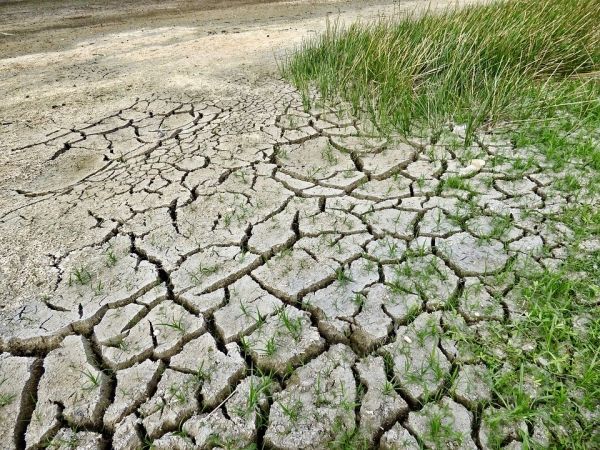Polar climate scientists have created the most high resolution past record of the Southern Hemisphere westerly winds. The results, published this week (9 December) in the journal Communications Earth and Environment, describe how the winds are likely to intensify and migrate poleward as the climate warms. The study provides data that will improve the accuracy of models predicting the future.
The westerly winds (known by latitude as the roaring forties, furious fifties, and screaming sixties) are particularly strong due to the absence of continental landmasses in the Southern Ocean to slow them down. They play an important role in regulating how much carbon dioxide (greenhouse gas) is exchanged between the atmosphere and ocean and have been linked to droughts and wildfires, as well as changes in sea ice extent, ocean circulation and ice shelf stability.
Researchers have recreated a 700-year record of the winds using radiocarbon dated sediment cores collected from a coastal lake on sub-Antarctic Marion Island. The island, located southeast of South Africa, is uniquely positioned in the core belt of the winds. The team measured changes in the accumulation rate of wind-blown sea salts by studying diatoms – tiny algae, specifically microalgae – embedded in the sediment, together with wind-blown dust, to track past wind strength.
Read more at British Antarctic Survey
Photo Credit: jodylehigh via Pixabay


